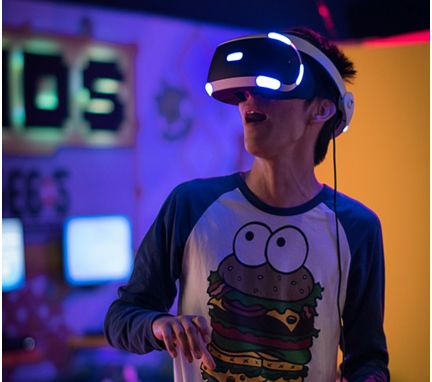 📅 Feb 11, 2022
📅 Feb 11, 2022
 📅 Feb 11, 2022
📅 Feb 11, 2022
Dear Curious Reader,
Greetings!
In this article, we will explain to you how to get started with 3D game design from scratch.
3D game designing is simple. Like any other creative process, it requires the resources of time and tools, tutelage, and concept.
Game design could be broadly classified into three stages- preproduction, production and postproduction.
In the preproduction stage of the game, the game creator brainstorms the storyline. They build up the events of the game, which include defining the character of the protagonist (the physical appearance, the characteristic traits), the challenges the protagonist is going to be facing in the game, and the arsenal of tools the protagonist is going to have at their disposal to overcome the seemingly unachievable challenges.
Although, this might seem simple, this stage of production takes a very long time. The reason for this is because, sometimes, the game creator tends to overly crowd the game with multiple props that makes the game seem tacky. Or, sometimes, the game creator tends to minimalize game-objects to the extent that it amounts to a loss in the game’s overall immersive experience. Both situations are harmful; they take away the aspect of engagement for the gamer with the game. To prevent this, a balance of props and tools is needed- and, for that a sturdy plan of action and steady story in momentum.
In the production stage of the game, one needs to make some essential decisions regarding the software one is to use to create 3D game. Any of the softwares, such as, Unity, Unreal, Blender could be used. They have both free and paid versions. They are easy to use and quick to learn. They have a large community of users, which makes them immensely resourceful when it comes to learning the software. Also, Unity has a fantastic App Store, from where, the game creator could download the game objects (the constituents of the game world), which reduces the effort on game creator’s side, as without these free resources everything would have to be created from scratch. Furthermore, these softwares deploy easy to learn coding languages. For instance, Unity has a choice between using C# and Java. Based on game-creator’s previous knowledge and skill and comfort the coding language could be chosen.
After becoming acquainted with the interface of the chosen software the game-creator begins to implement the game creation process. It includes: creation and alteration of game-objects purchased from App-store; animation addition, adjusting kinematics of game objects; adding detail and background to the game layout; and, overall game compilation.
After that, game testing is carried out. Any bugs in the game, if found, are eliminated; and the necessary changes are made to make sure that game’s story, as intended in the storyboarding stage, mirrors the end result in the final game.
In the post-production stage, the created game is rendered and exported into the desired format according to the need- it could be plugged for use in playstations, smartphones, laptops etc.
After giving you a brief, broad overview of 3D game development, we will get straight down to its specifics- namely: the hardware, the software, and the skills needed- to create the 3D game.
Hardware required:
Not more than a laptop with decent RAM is required. Since game development is a memory intensive process, it would be worthwhile to have a good memory bank for backup, game object storage, etc.
Software required:
The 3D game development market has many game development engines to offer. Each of them has their own unique advantages and limitations. Depending on your needs, budget, and prior software skills the appropriate game engine is to be chosen.
Some of the most widely used game engines are:
Skills required:
3D game development is basically creative communication with the gamer. To be able to effectively communicate with the gamer, the game creator needs skills like:
While it is feasible to create 3D games with the right tools; while it is easy to learn 3D game development with the right instruction; while it is not difficult to become a game developer in the span of a mere month, or less with the guided feedback and handholding mentorship; however, it is difficult to streamline all three- the selection of the right tools, the motivated instruction, the feedback-mentorship support loop- all at the same time. It is here, at VRAcademi that your 3D game development experience could be nothing less than a joyride- for you or your ward. From a range of courses, you could select the one most suited to your needs, time, and style.
Yours immersively,
VRAcademi
Sources:-
https://unity.com
https://meliorgames.com/game-development/3d-game-development-software/
https://www.petersons.com/blog/10-skills-you-need-to-become-a-video-game-designer/
























